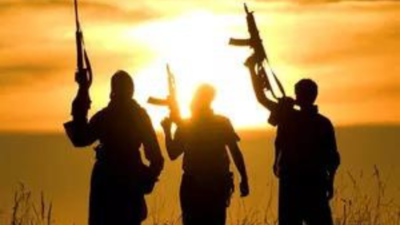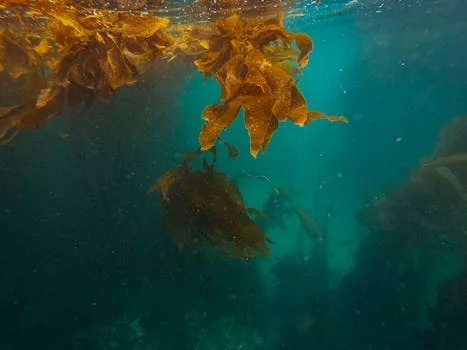
Exploring the Renaissance: How It Shaped Modern Art
Takeaways: The Renaissance was a pivotal period that bridged the gap between the Middle Ages and modern times, characterized by a resurgence of interest in classical art and culture. This article explores the key features of Renaissance art, its influential figures, and its lasting impact on contemporary art movements.
The Renaissance, spanning from the 14th to the 17th century, was a remarkable era of cultural rebirth in Europe. It marked the transition from the medieval period to the modern age, profoundly influencing various aspects of society, including art. Artists such as Leonardo da Vinci, Michelangelo, and Raphael emerged during this time, pushing the boundaries of creativity and expression. In this post, we will explore how the Renaissance shaped modern art through its innovative techniques, themes, and ideologies.
The Birth of Humanism
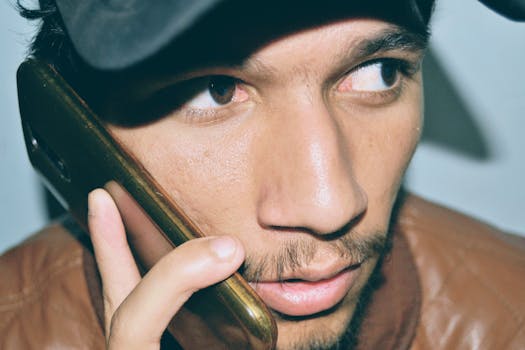
Humanism fostered a new appreciation for the natural world and the human form. Artists studied anatomy and perspective to create lifelike representations. For instance, Leonardo da Vinci’s meticulous studies of the human body allowed him to produce works like the Vitruvian Man and The Last Supper, which demonstrate an unprecedented understanding of human proportions and emotion.
Innovative Techniques and Artistic Advancements
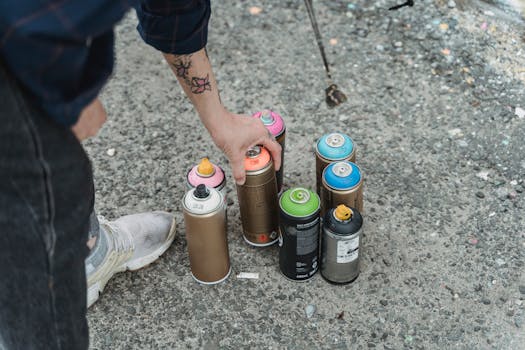
Chiaroscuro, the contrast of light and shadow, also became a hallmark of Renaissance painting. This technique added dimension and drama to artworks, making figures appear more three-dimensional. Artists like Caravaggio utilized chiaroscuro masterfully, influencing generations of artists who followed.
Additionally, the use of oil paints became widespread during the Renaissance. This medium allowed for richer colors and greater detail, enabling artists to achieve a level of realism previously unattainable. The works of Jan van Eyck, for example, showcased the potential of oil painting, influencing many Renaissance and post-Renaissance artists.
Influential Figures of the Renaissance
The Renaissance produced some of the most renowned figures in art history. Leonardo da Vinci, often regarded as the quintessential Renaissance man, embodied the spirit of the era. His contributions to art, science, and invention exemplified the integration of knowledge and creativity. His masterpieces, such as The Mona Lisa, continue to captivate audiences today.
Michelangelo, another towering figure, was celebrated for his sculptures, paintings, and architectural designs. His work on the Sistine Chapel ceiling and the statue of David showcase his extraordinary skill and understanding of the human form. Michelangelo’s emphasis on the beauty and potential of humanity aligns perfectly with the humanist ideals of the Renaissance.
Raphael, known for his harmonious compositions and delicate use of color, furthered the Renaissance’s artistic achievements. His works, such as The School of Athens, reflect the intellectual spirit of the time, bringing together various philosophical ideas in a visually stunning manner.
The Legacy of the Renaissance in Modern Art
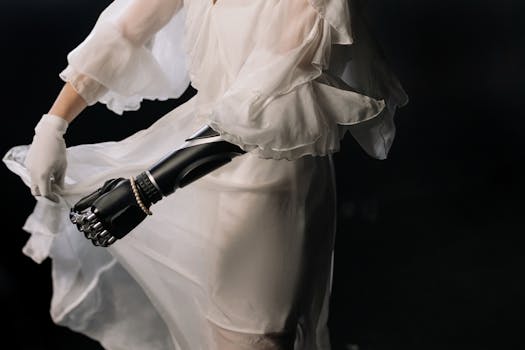
Modern art movements often draw inspiration from Renaissance principles, experimenting with perspective, form, and subject matter. The legacy of artists like da Vinci and Michelangelo can be seen in the works of artists today who strive to capture the complexity of the human experience.
Conclusion


